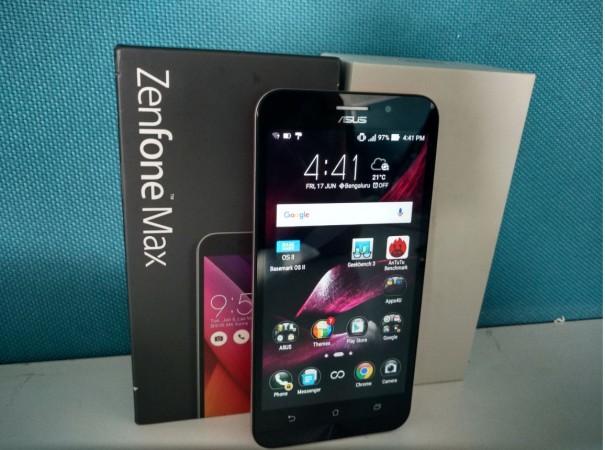
Asus Zenfone Max is a 5.5-inch Android smartphone that features a 5000 mAh battery. Much like most recent Asus smartphones, the device's camera features a manual exposure option and several other nifty photo-related features. We took it out for a spin and here's what we thought.
Look and feel
Needless to say, we'll be talking about the user interface to the Zenfone Max's camera and we were very pleased with what Asus has done. All the tappable buttons are positioned around the edges and unlike most devices where video recording is a two step process that begins with selecting the feature, Asus has added a big red record button right next to the shutter button for one-touch video.
On the other side of the shutter button is the manual mode. Tapping it brings up a bunch of additional options and our favourite feature, the level balance that helps users keep the Zenfone Max perfectly parallel to the ground and keeps the vertical lines straight.
Shooting in manual allows users to manually adjust the shutter speed, ISO, focus and more.
The images
Overall, we found the images appearing much brighter on the Zenfone Max and at least half-a-stop darker on the computer. When we shot the image of the Creative SoundBlaster Roar 2 and viewed them on the smartphone itself, we though the Zenfone Max would be perfect for food bloggers. But when transferred to the computer, we were left scratching our heads.
The smartphone's deception moves on to focusing as well. The image of the two chairs below seemed perfectly in focus when viewed on the device itself, however, it's not exactly the case. We're also a little disappointed that despite boasting of a laser-assisted autofocus, the camera wasn't able to get even a scene as contrast-y as this accurately in focus.
Asus claims that all their devices feature a fast F2 aperture that allows lots of light to come in. Despite this, we were a little disappointed to see the camera faring rather poorly in low light/high ISO settings. The image below was shot at 1/1000 of a second, which automatically cranked the ISO up to 3200. The camera in manual mode allows users to take things up only to ISO 800 and even here, the Zenfone Max's camera didn't fare too well.
Outdoors is where the Zenfone Max really shines. Even at ISO 800, the sharpness of the image is lost, but the grains are all gone when the sun is out. We tested out the HDR mode that Asus lets users access at the touch of the screen, but didn't find too much of a difference here.
While most smartphone makers don't give importance to a smartphone's front camera, Asus has done quite the opposite. The images we shot with the front camera looked the same viewed on the Zenfone Max as well as on the computer. Asus has also added a few nifty image enhancements.
Verdict
To be honest, we're not a big fan of the Zenfone Max's main camera; it has a long way to go. However, the front camera did impress us.
While the smartphone may boasts of a bespoke camera interface, a laser-assisted autofocus and a resolution that has the Google Nexus 6P beat, it honestly doesn't match up to the Nexus 6P, which in our experience hasn't gone wrong with focus either.
That said, the Zenfone Max is a budged smartphone where the USP is the massive battery and really low price, Asus never really moo-d about the Zenfone Max's camera until the cows came home.

















